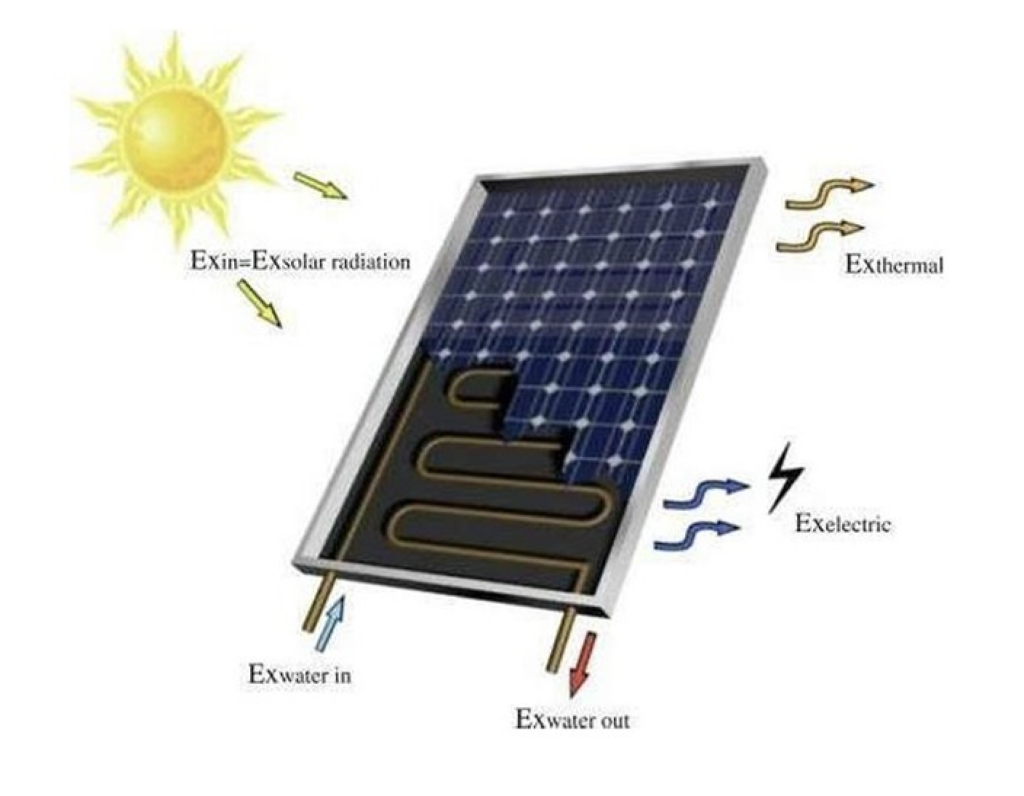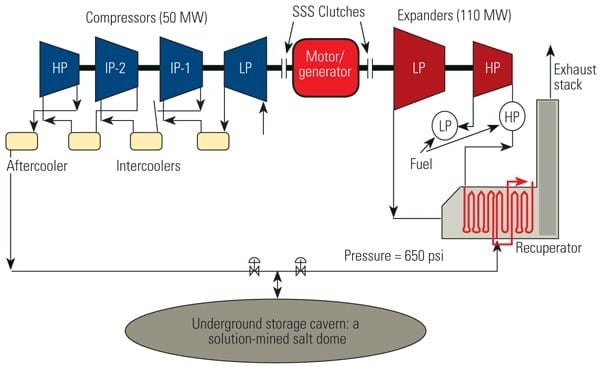This Day in History: Plaza lighting ceremony canceled for energy conservation – KCTV

Report on the 1973 Country Club Plaza Lighting Ceremony Cancellation and its Relevance to Sustainable Development Goals (SDGs)
Event Summary
- Event: Cancellation of the annual Country Club Plaza lighting ceremony.
- Location: Kansas City, Missouri.
- Date: November 22, 1973.
- Primary Cause: National energy conservation efforts during the 1973 oil crisis.
- Context: The decision aligned with a call for conservation by then-President Nixon to address national energy shortages.
Analysis of Alignment with Sustainable Development Goals (SDGs)
The 1973 decision to cancel the lighting ceremony serves as a significant historical precedent for actions that support several key United Nations Sustainable Development Goals (SDGs). This event highlights a community-level response to resource scarcity that directly correlates with the principles of modern sustainability initiatives.
-
SDG 7: Affordable and Clean Energy
The cancellation was a direct measure to conserve energy, addressing the immediate challenge of an energy crisis. This action underscores the importance of responsible energy consumption and demand-side management, which are critical components for ensuring access to affordable, reliable, and sustainable energy for all. It demonstrated a societal recognition of finite energy resources, a foundational concept of SDG 7.
-
SDG 11: Sustainable Cities and Communities
By forgoing a major cultural event in the interest of the greater public good, the community demonstrated a commitment to urban resilience and sustainability. This decision reflects the core objective of SDG 11 to make cities and human settlements inclusive, safe, resilient, and sustainable. Prioritizing essential energy needs over a high-consumption decorative event is a clear example of sustainable urban management.
-
SDG 12: Responsible Consumption and Production
The event is a prime example of responsible consumption. The community and organizers made a conscious choice to reduce non-essential energy use on a large scale. This aligns directly with the goals of SDG 12, which aims to ensure sustainable consumption and production patterns by promoting resource and energy efficiency.
-
SDG 13: Climate Action
While the immediate driver was an oil crisis, the act of reducing electricity consumption has direct implications for climate action. As large-scale lighting is energy-intensive and historically powered by fossil fuels, its cancellation represents a reduction in potential carbon emissions. This historical action is an early example of the type of societal-level decision-making required to take urgent action to combat climate change and its impacts, as outlined in SDG 13.
Analysis of Sustainable Development Goals (SDGs) in the Article
1. Relevant SDGs
-
SDG 7: Affordable and Clean Energy
- The article’s main subject is “energy conservation efforts” prompted by the “1973 oil crisis.” This directly addresses the challenge of ensuring sustainable and reliable energy management, which is the core of SDG 7. The crisis highlights the vulnerability of energy systems and the need for conservation.
-
SDG 12: Responsible Consumption and Production
- The call for “conservation” of energy, which was derived from oil, is a clear example of promoting responsible consumption of natural resources. The article describes a societal response to scarcity, which aligns with SDG 12’s goal of ensuring sustainable consumption patterns.
2. Specific Targets
-
Target 7.3: By 2030, double the global rate of improvement in energy efficiency.
- The article explicitly mentions “ongoing energy conservation efforts.” The cancellation of the “annual lighting ceremony” is a direct, practical example of an action taken to improve energy efficiency by reducing consumption.
-
Target 12.2: By 2030, achieve the sustainable management and efficient use of natural resources.
- The “1973 oil crisis” described in the article underscores the importance of managing a key natural resource (oil) sustainably. The encouragement of conservation by “Then-President Nixon” represents a high-level effort to promote the efficient use of this resource among the public.
3. Mentioned or Implied Indicators
- The article does not contain official quantitative SDG indicators. However, it implies qualitative indicators that can be used to measure actions towards the targets:
- Public and private sector conservation measures: The most specific indicator mentioned is the cancellation of the “Country Club Plaza’s annual lighting ceremony.” This is a concrete, observable action that demonstrates a commitment to energy conservation.
- National policies and campaigns promoting conservation: The reference to “Then-President Nixon encouraged conservation” implies the existence of a national-level initiative or public campaign aimed at reducing energy use, which can be considered an indicator of policy action.
Summary Table of SDGs, Targets, and Indicators
| SDGs | Targets | Indicators |
|---|---|---|
| SDG 7: Affordable and Clean Energy | 7.3: Double the global rate of improvement in energy efficiency. | The cancellation of the “annual lighting ceremony” as a specific, observable energy conservation measure. |
| SDG 12: Responsible Consumption and Production | 12.2: Achieve the sustainable management and efficient use of natural resources. | Presidential encouragement for conservation, implying a national-level policy or campaign for efficient resource use. |
Source: kctv5.com
What is Your Reaction?
 Like
0
Like
0
 Dislike
0
Dislike
0
 Love
0
Love
0
 Funny
0
Funny
0
 Angry
0
Angry
0
 Sad
0
Sad
0
 Wow
0
Wow
0




















































.jpg.webp?itok=0ZsAnae9#)




























